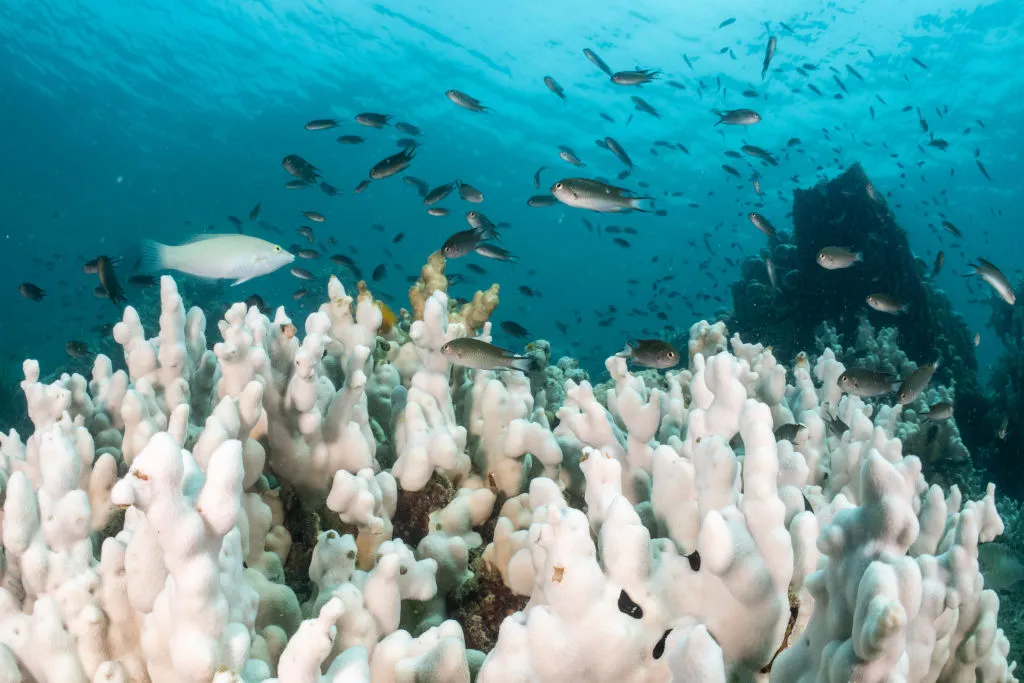Written By: Faith Jemosop
Mauritania has secured more than $18 million in financing from the African Development Bank (AfDB) to improve access to water and sanitation for nearly half a million people in rural communities, marking a significant step toward climate resilience and public health.
Key Investment for Rural Transformation
The financing, approved by the AfDB in May 2025, targets the launch and implementation of the 3R-Water Project a sustainable water and sanitation program designed to address climate vulnerability and water scarcity across three severely affected regions: Brakna, Tagant, and Adrar.
The total project cost exceeds $20 million, with the Mauritanian government contributing 12% of the funding. This robust public-private collaboration underscores a strong political will to address systemic water insecurity and hygiene challenges in rural Mauritania.
Over 450,000 people are expected to benefit directly from the 3R-Water initiative. The project places a strong emphasis on community inclusion, climate adaptation, and infrastructure development, aiming to:
- Build solar-powered drinking water supply systems, which will help alleviate the region’s dependence on inconsistent and expensive energy sources.
- Construct 124 school latrines and 23 health facility sanitation blocks, improving hygiene standards for vulnerable populations such as children and patients.
- Develop 20 pastoral water stations, supporting the livelihoods of livestock herders in this arid region.
These interventions not only seek to improve access to basic services but also aim to enhance productivity, health, and educational outcomes.
A Climate-Resilient Strategy
The 3R-Water Project is more than a traditional infrastructure project; it is deeply rooted in a climate adaptation framework. The initiative is supported by the Africa Adaptation Acceleration Program (AAAP), a joint venture by the AfDB and the Global Center on Adaptation. This partnership focuses on making infrastructure projects climate-smart and future-ready.
Mauritania, a Sahelian nation prone to droughts, sandstorms, and severe water shortages, stands to gain significantly from such climate-sensitive investments. The country’s rural populations are particularly vulnerable, often lacking the infrastructure needed to withstand extreme weather events and environmental degradation.
Empowering Women and Strengthening Governance
The project includes a gender empowerment component. Women will be encouraged and trained to take active roles in the management and operation of the new water systems. This is especially critical in rural Mauritania, where women often bear the burden of fetching water over long distances, limiting their educational and economic opportunities.
The project seeks to reinforce institutional capacity and governance by introducing program-based budgeting within Mauritania’s Ministry of Hydraulics and Sanitation. This means that funds will be allocated and monitored based on pre-approved outcomes and performance indicators, promoting transparency, efficiency, and accountability.
Alignment with National and Global Agendas
The 3R-Water Project aligns with several strategic development frameworks:
- Mauritania’s National Water Strategy, which prioritizes equitable and sustainable water access.
- The United Nations Sustainable Development Goals (SDGs), especially Goal 6 (Clean Water and Sanitation), Goal 3 (Good Health and Well-being), and Goal 13 (Climate Action).
- The African Union’s Agenda 2063, which envisions an Africa with equitable access to water and sanitation for all.
Also read: How the Fall of USAID Could Derail Africa’s Fight Against Climate Change
By aligning with these frameworks, the project ensures its relevance not only in Mauritania’s national policy but also within broader continental and global development efforts.
Combating Rural Inequality
Despite recent growth in Mauritania’s urban centres, rural areas remain significantly underserved. Access to clean drinking water and proper sanitation is scarce, with rural communities often relying on unsafe water sources and makeshift latrines.
According to the AfDB, such disparities can fuel social unrest, health crises, and economic underperformance. The 3R-Water initiative is, therefore, not just a development project—it is a peacebuilding and equity effort designed to reduce rural-urban disparities and promote inclusive growth.
A Model for Integrated Rural Development
The integration of water, sanitation, energy, climate adaptation, and gender inclusion within a single project framework makes the 3R-Water initiative a model for integrated rural development in Africa.
Rather than treating water and sanitation as standalone issues, the AfDB’s approach interlinks these needs with broader socio-economic drivers such as education, health, agriculture, and women’s empowerment.
Also read: Can Zambia’s Solar Shift Solve the Energy Crisis as Dams Dry Up?
This integrated strategy ensures that water access is not only improved but also sustained, reducing the need for emergency interventions and donor dependency in the future.
Broader Implications for Africa
This move by the AfDB comes at a time when rural water scarcity is rising across the continent. According to the UN, over 400 million people in sub-Saharan Africa lack access to basic drinking water services.
If successful, the 3R-Water Project could serve as a template for similar interventions across the Sahel and other water-stressed regions in Africa. The model of solar-powered systems, gender inclusion, and climate-aligned budgeting offers a scalable and replicable framework for rural resilience.






